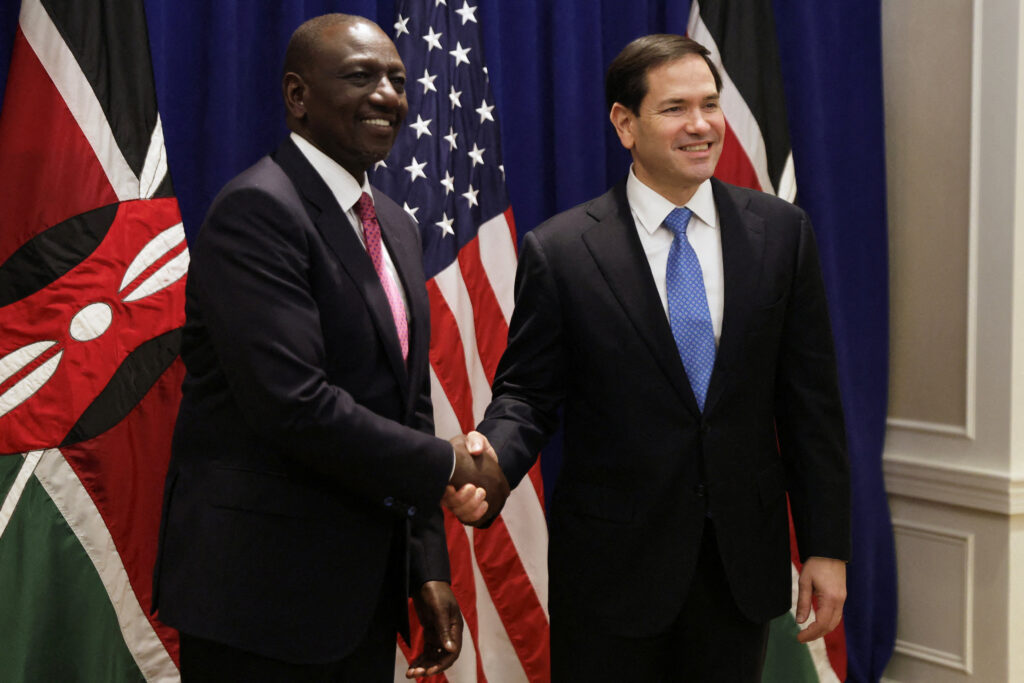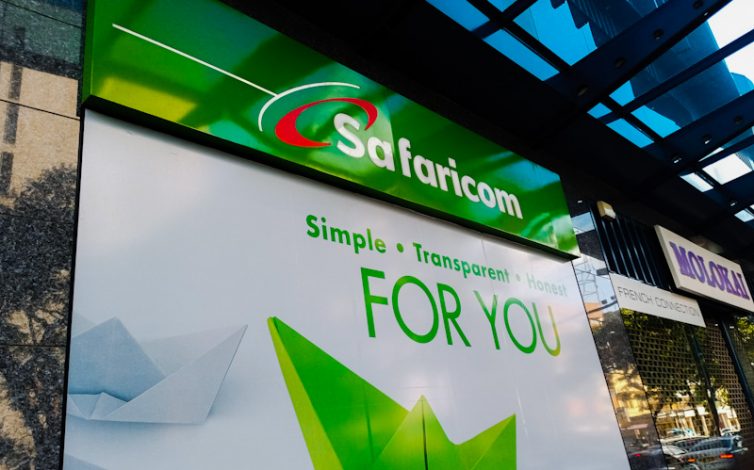
Zimbabwe’s transition to a new gold-backed currency, known as ZiG (Zimbabwe Gold), encountered a turbulent start as shops continued to accept only US dollars on Tuesday. This left frustrated Zimbabweans lining up outside banks for hours, striving to access their savings.
The ZiG currency officially commenced trading on Monday, swiftly replacing the depreciated Zimbabwean dollar, which had suffered significant devaluation over the past year, resulting in rampant inflation.
However, the populace was largely unprepared for the abrupt switch. Many banks experienced technical difficulties on Tuesday as they endeavored to integrate the new currency into their systems. Consequently, lengthy queues formed outside several branches in the capital, Harare, with scores of individuals waiting anxiously to withdraw cash or manage their accounts.
“I spent the entire morning… waiting for the bank to be back online,” one grumpy account holder told media.
The currency exchange rendered old banknotes obsolete overnight, exacerbating the confusion. In Harare’s Kambuzuma suburb, children played with stacks of worthless cash, while abandoned notes littered the pavements in the central business district.
Procuring the new currency proved challenging, as the central bank announced that the notes were still in the printing process and would only be available by April 30th.
Meanwhile, public transport operators in Harare refused to accept Zimbabwean dollars, instead charging a steep flat fare of $1, double the usual cost in local currency for short journeys.
“We are being shortchanged,” complained George Goliati, a commuter.
Numerous establishments, including stores and street vendors, opted to transact solely in US dollars due to a scarcity of coins, offering biscuits or candies as change.
Julius Muza, a shopkeeper in the capital, ceased accepting Zimbabwean dollars after observing customers rush to offload their old banknotes.
The central bank pins its hopes on ZiG, backed by a reserve mix of foreign currency and primarily gold, to stabilize the long-suffering economy. The Zimbabwean dollar’s nearly 100 percent devaluation against the US dollar over the past year has fueled soaring inflation, reaching 55 percent in March.
Rampant price hikes exacerbate the plight of Zimbabwe’s 16 million citizens, who already contend with widespread poverty, high unemployment, and severe drought exacerbated by the El Niño weather phenomenon.




